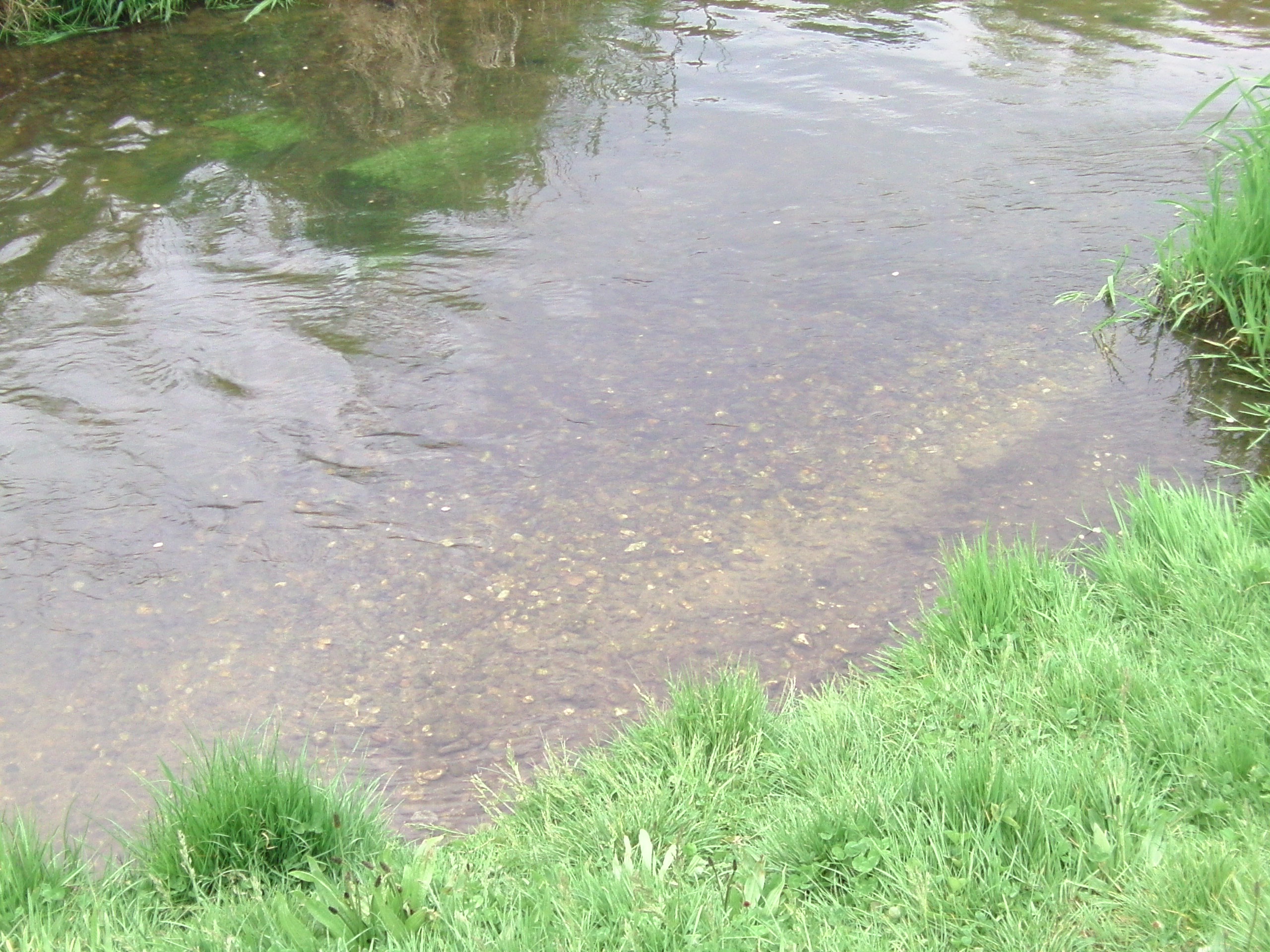With the distant observer we imitate something, that most of us experienced through dissociation. We will take an inner position that makes it possible to watch ourselves and what is going on inside of us from a distance. Not a detached, dissociated state, but the dispassionate ideal of mindfulness.
Mindfulness is a form of guided attention. The basic rules:
・ notice and observe,
・ describe (without interpretation or emotion), choose a name or headline,
・ don’t judge,
・ no need to react, let it pass.
We can use this position to stay calm and not lose our head, when something stressful happens.
Objects of our observation could be our body, our emotions or our thoughts. This mindfulness is turned inward instead of outward.
You can imagine standing behind yourself or above yourself, looking into your brain, heart or body. You could also imagine seeing these things on a screen, maybe including some scenery. We always use images for support.
.
Body
To observe our body we can take our attention and let it travel through our body, maybe starting at the toes and moving up to the crown. We like to use the image of an express train, that moves through many train stations without stopping there. You can look outside the window and see what the train stations look like and read the signs, maybe the train slows down slightly, but it keeps moving.
When you move your attention-train through your body you might find that some areas feel uncomfortable. Just label it, maybe write it on the sign at the train station, and move on. Don’t interprete what you sense. Just notice what is there, what might be missing, keep the neutral position and keep going. (If you have never done this you can use the body log over here to get started.)
This exercise can help you, when you are in pain, having body flashbacks or simply when you need some grounding in the here and now. It also helps to increase body awareness and to notice dissociation in time to stop it.
.
Emotions
You can also become an observer of your emotions. Take a step back on the inside.
We like to use the image of a small creek with a little pool, the water carrying leafs into the pool where they linger for a while before they move on downhill. You can sense the emotion, how your body reacts, how you feel, watch it like a leaf floating here and there. Emotions have a beginning, a middle and an end. You can watch them from a distance until they move on.
No need to react, just watch and wait what might happen over time. They cannot control your actions. They cannot overwhelm you, you don’t have to identify and become one with them: you don’t have to jump into the pool with them! Because you can observe them, you are more than your feelings.
This exercise can help you, when you suddenly feel overwhelmed by emotions, maybe after a trigger/flashback or when you are dealing with other strong emotions that unsettle you.
.
Thoughts
The same is true when you observe your thoughts. Those are usually faster than feelings and so we like to change the imagery slightly. We often use a screen of a blue sky and thoughts that cross it like birds. They fly across the picture and are gone. Some are like eagles and they circle at one spot. You can sit there and do some bird watching, see what flies by, give it a name or headline and let it pass. You could think about your thoughts, but that’s just more thoughts to observe. You can also just relax, wait and see what might pop into your head next, label, let it pass. Don’t evaluate if a thought is good/bad, right/wrong, etc, just a headline. You will notice that some headlines will repeat over time, as some of your birds belong to families. Notice and let it go. You can find a place of polite interest in what is going on in your head-sky without going any deeper.
This exercise can help you when your thoughts are tormenting you or when you are stuck in brooding over a problem. Our feelings are based on our thoughts and evaluation of a situation. Stepping out of these thoughts can also help you calm down emotionally.
.
For an advanced version that creates even more distance, step behind your distant observer and observe him as he observes what is going on inside.
These are powerful tools for Grounding, but they need some practice. Exercise the distant observer while you feel calm, to prepare for when you need it.


Leave a Reply